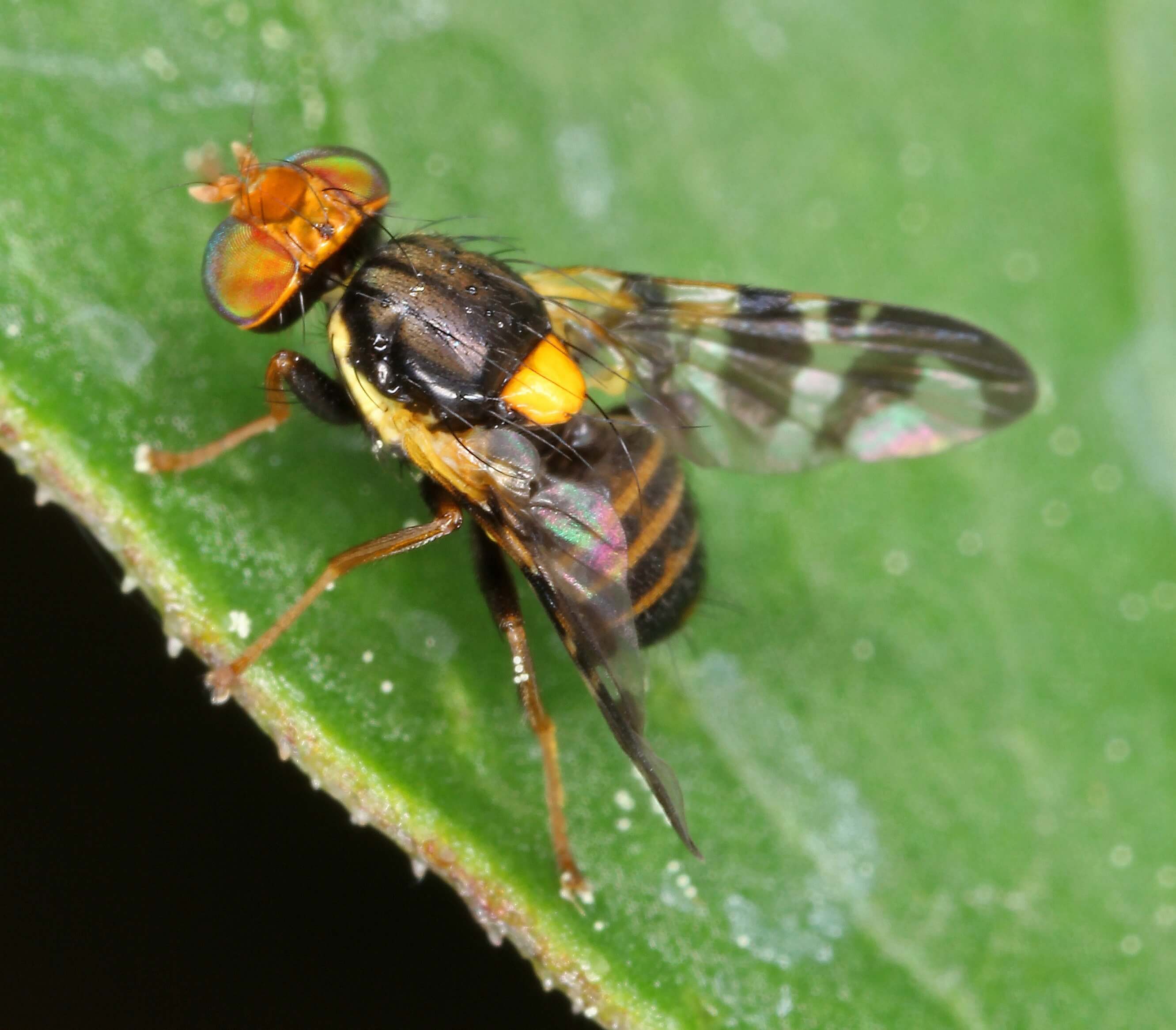To date, Russia is the leading country in Europe in terms of both production volume and cultivated area of sour cherries. In figures, this translates to 297,200 tons of cherries harvested from 46,442 hectares.
With the expansion of cultivation, the need for smarter fertilization strategies is also growing, particularly regarding nitrogen, which is a fundamental nutrient for fruit growth.
The management of this macronutrient is based on continuous monitoring in the soil throughout the growing season. Indeed, the availability of nitrogen in the soil varies between spring and autumn due to microbial activity.
Fertilization and nitrogen behavior
Nitrogen is a crucial element for fruit development, influencing both yield and quality. However, there are some issues: an excess of nitrogen fertilizers can have counterproductive effects because it reduces agronomic efficiency, alters the natural nitrogen cycle, and accelerates the mineralization of organic matter, contributing to environmental pollution if applied in large quantities.
At the Research Institute for Fruit Crop Selection in the Orël province (Russia), they analyzed the effect of nitrogen and potassium fertilizers on the seasonal dynamics of mineral nitrogen in the soil, tree yield, and nitrate accumulation in fruits.
The experiment was conducted between 2018 and 2022 in a non-irrigated orchard located in the forest-steppe zone of the Central Russian Upland (Orël region).
Experiment results and trends
Every spring, urea and potassium sulfate were applied, with increasing doses from N30-K40 up to N120-K160. It was found that seasonal fluctuations in mineral nitrogen in the soil—particularly ammonium (NH4) and nitrate (NO3)—were influenced by weather conditions, plant uptake, and the doses of fertilizers applied.
NH4 levels were higher in May, then decreased drastically (by 2.5 to 12 times) by July-August. This trend was observed in both fertilized and unfertilized soils. In unfertilized soils, nitrate levels remained relatively constant throughout the season, while fertilized soils showed variations primarily related to seasonal weather patterns.
Annual application of urea (N60–120) significantly increased available nitrogen in the soil surface layer (0–20 cm): NH4 increased by 2 to 12 times, while NO3 increased by 18 to 70 times.
Yield and fertilization impact
However, there was no long-term accumulation of nitrogen in the root zone. Available nitrogen levels depended on water and thermal conditions, tree needs, and the amounts of fertilizer applied.
When the doses exceeded N60-K80, nitrates began to migrate into the deeper soil layers. Regarding yield,
the trees did not show significant responses to nitrogen-potassium fertilization until production
exceeded 15 tons per hectare.
To achieve this yield, mineral nitrogen reserves (NH4 and NO3) of 18 ± 5 mg/kg were sufficient. To increase
the yield to 20 t/ha, it was necessary to add N60-K80, which resulted in a 33.7% increase.
Higher doses (N90-K120 or N120-K160) proved to be excessive and did not produce any additional benefits. Furthermore, the application of fertilizers did not cause nitrate accumulation in the fruits, keeping them safe for consumption.
Fertilizing is important but doing it in the right quantities is even more so.
Source: Roeva, T.A., Leonicheva, E.V. & Leontieva, L.I. The Nitrogen Regime of Haplic Luvisol under a Cherry Orchard and the Yield of Trees Associated with the Application of Fertilizers. Moscow Univ. Soil Sci. Bull. 79 (Suppl 2), S84–S94 (2024). https://doi.org/10.3103/S014768742470056X
Image source: SL Fruit Service
Melissa Venturi
University of Bologna (IT)
Cherry Times - All rights reserved












